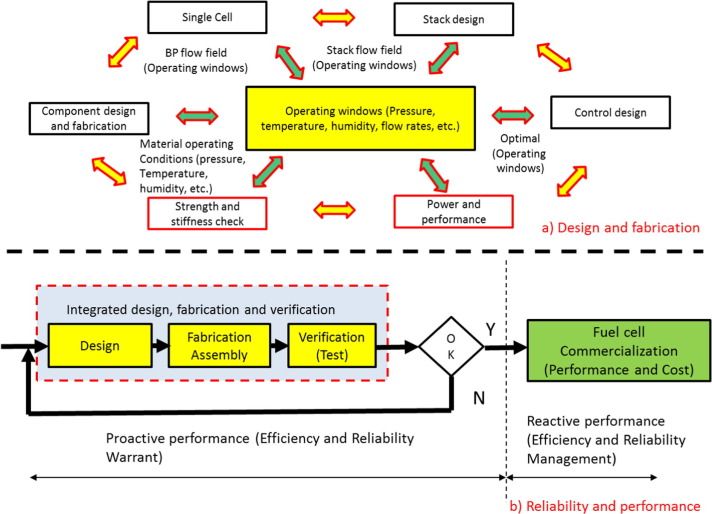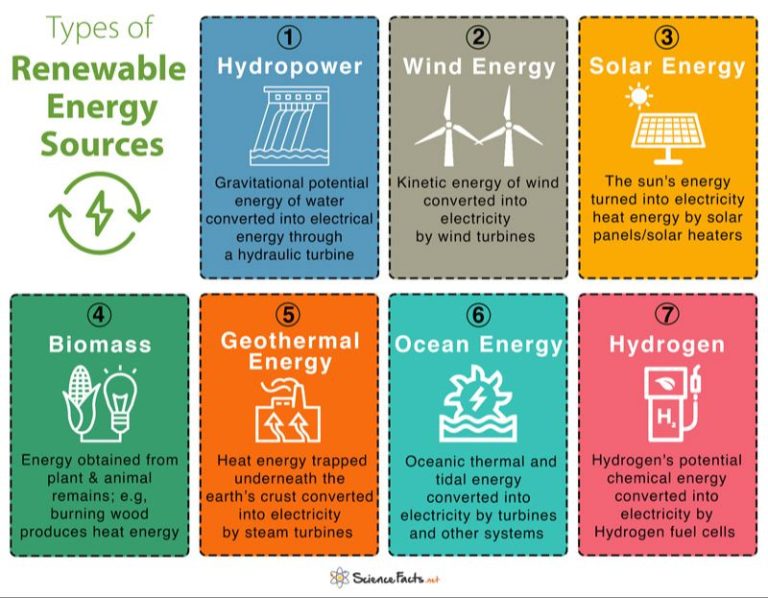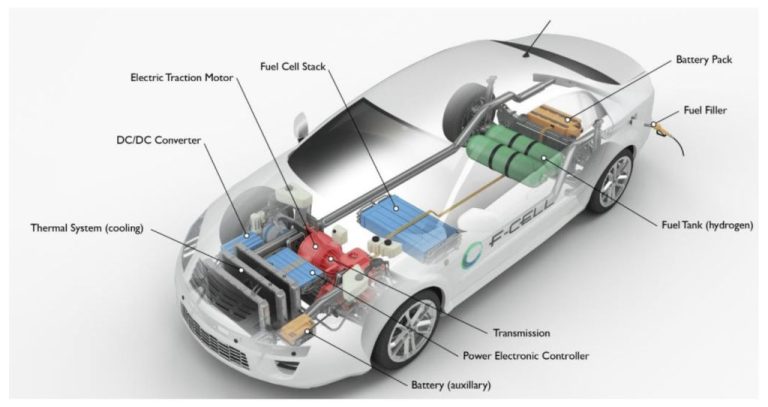Is There A Downside To Hydrogen Cars?
Brief background on hydrogen fuel cell vehicles
Hydrogen fuel cell vehicles (HFCVs) are electric vehicles powered by a fuel cell that runs on pressurized hydrogen gas. The fuel cell combines hydrogen and oxygen to generate electricity, which powers the vehicle’s electric motor. Unlike battery electric vehicles, HFCVs can be rapidly refueled with hydrogen in minutes, similar to how gas vehicles are refueled today. Most major automakers have developed prototype and demonstration HFCVs over the past couple decades.
HFCVs have gained interest because they offer potential benefits over gas vehicles, including producing zero tailpipe emissions – just water vapor – and reducing dependence on oil. With hydrogen produced from low-carbon resources like renewable electricity, HFCVs can help cut greenhouse gas emissions and address climate change. Countries like Japan, South Korea, and Germany have set ambitious deployment targets for HFCVs to help meet emission reduction goals.
However, HFCVs still face challenges around hydrogen production, distribution, storage, and cost. There are also safety concerns and key technical hurdles to overcome. While HFCVs may play a role in sustainable transportation, they are unlikely to fully replace gas vehicles in the short-to-medium term.
Current high costs of hydrogen fuel cell vehicles
Hydrogen fuel cell vehicles currently have high sticker prices compared to conventional gasoline vehicles. For example, the 2021 Toyota Mirai has a starting MSRP of $50,000, while the Hyundai Nexo starts at around $58,000 (1). In comparison, the average price for a new gasoline-powered car in 2021 was around $40,000 (2).
The high cost of hydrogen fuel cell vehicles is due in large part to the high cost of some fuel cell components like the platinum catalyst, as well as the low production volumes of these vehicles. As production increases, costs are projected to come down, but may still remain higher than conventional vehicles in the near term (3).
Fueling a hydrogen fuel cell vehicle is also currently much more expensive than fueling a gasoline vehicle. At California hydrogen stations in 2023, costs have reached $21.28/kg of hydrogen, compared to around $5/gallon for gasoline (4). This translates to a fuel cost per mile of $0.21/mile for a Mirai compared to $0.12/mile for a comparable gasoline car (5).
Sources:
(1) https://www.lhyfe-heroes.com/about-hydrogen/whats-the-cost-of-a-hydrogen-car-a-comprehensive-guide-to-hydrogen-car-prices
(2) https://www.energy.gov/energysaver/hydrogen-fuel-cell-vehicles
Very few hydrogen refueling stations exist currently
One of the major downsides of hydrogen fuel cell vehicles currently is the lack of hydrogen refueling infrastructure. As of 2023, there are only 59 retail hydrogen fueling stations open in the United States according to the Alternative Fuels Data Center (https://afdc.energy.gov/fuels/hydrogen_stations.html). This pales in comparison to the over 100,000 gas stations across the country.
Additionally, most of these hydrogen stations are concentrated in California, which had over 40 stations as of 2022 (https://www.statista.com/statistics/1026719/number-of-hydrogen-fuel-stations-by-country/). For those living outside major metropolitan areas in California, it can be difficult to find a hydrogen station nearby to refuel.
Expanding hydrogen infrastructure poses challenges due to the high costs of building stations and transporting hydrogen. Significant investment and coordination across automakers, government, and fuel providers will likely be needed for a nationwide network of stations.
Complexity of fuel cell systems
Fuel cell vehicles have complex fuel cell systems that convert hydrogen and oxygen into electricity to power the electric motor (XREF-1). These systems require advanced engineering and high-precision manufacturing to combine hydrogen and oxygen without leaks or failures (XREF-2). According to the Department of Energy, durability and reliability remain ongoing challenges in making fuel cell systems affordable and practical compared to existing internal combustion engines (XREF-3). For example, fuel cells must withstand constant freezing and thawing cycles in cold climates as well as hot and humid conditions (XREF-2). Ensuring the durability and reliability of these complex systems over 5,000+ hours of operation is critical but difficult to achieve cost-effectively (XREF-3). More engineering is needed to improve fuel cell durability and make the systems more robust.

XREF-1: https://www.fueleconomy.gov/feg/fcv_benefits.shtml
XREF-2: https://www.mdpi.com/2071-1050/15/15/11501
XREF-3: https://www.fueleconomy.gov/feg/fcv_benefits.shtml
Most hydrogen currently produced from natural gas
Most hydrogen fuel currently comes from reforming natural gas. According to the U.S. Department of Energy, over 95% of the hydrogen produced in the United States is made by steam methane reforming of natural gas. This involves reacting natural gas with high-temperature steam to split the methane into carbon monoxide and hydrogen gas. Additional chemical processes further purify the hydrogen.1
While the end product of hydrogen fuel is clean, the production process using natural gas emits carbon dioxide. The DOE estimates that producing 1 kilogram of hydrogen via steam methane reforming generates between 9 to 12 kilograms of carbon dioxide. This means that while hydrogen fuel cell vehicles themselves don’t produce tailpipe emissions, there are still upstream emissions from hydrogen production using fossil fuels.1
Difficulty of Storing Enough Hydrogen Onboard
One of the main challenges of hydrogen fuel cell cars is storing enough hydrogen fuel onboard to achieve decent driving range. Hydrogen has very low energy density per unit volume compared to gasoline, so the fuel tanks need to be large to hold enough fuel.
Most hydrogen cars today use compressed hydrogen gas stored in high-pressure tanks at 350–700 bar pressure (5,000–10,000 psi). According to TWI Global, “Gas storage is typically the method used by hydrogen cars, using high-pressure tanks of 350–700 bar.” [1] The BMW fuel cell vehicle stores hydrogen as a gas at 700 bar pressure. [2]
Another option is to store hydrogen in liquid form at extremely cold temperatures, which allows more hydrogen in the same volume. However, this requires heavy, expensive cryogenic storage tanks and energy-intensive liquefaction processes. Overall, the high pressures or low temperatures required make hydrogen storage complex and costly.
Worries about hydrogen leaks, fires, explosions
One of the biggest concerns people have about hydrogen cars is the risk of leaks, fires and explosions. This is understandable since hydrogen is a flammable gas. However, hydrogen fuel cell vehicles are actually quite safe despite these concerns.
The tanks that store hydrogen in fuel cell vehicles are extremely sturdy. For example, the Toyota Mirai’s tanks can withstand gunshots from close range without failing [1]. The tanks have multiple fail-safes to prevent leaks and are rigorously tested.
Additionally, hydrogen dissipates very quickly in open air. This means that any leaked hydrogen would disperse rapidly, reducing the chances of ignition [2]. Hydrogen fuel systems are also sealed off from the passenger cabin, minimizing risk.
While any fuel has risks, hydrogen has been used safely for decades. With proper fuel system design and tank safety measures, hydrogen cars do not pose substantially higher explosion or fire risks compared to gasoline cars.
Lack of Industry-Wide Standards
One downside to hydrogen vehicles is the lack of agreed upon industry standards for important components like tanks, connectors, pipelines, and more. According to the ANSI Hydrogen Vehicle Standards, there is currently no universal standard for things like maximum allowable working pressure, tank wall thickness, onboard storage methods, or refueling connections. This can lead to compatibility issues as the technology evolves.
The U.S. Department of Energy notes the lack of comprehensive codes and regulations specific to hydrogen infrastructure and vehicles. While regulations exist for industrial and aerospace hydrogen applications, few are tailored to consumer vehicles and refueling stations. Without clear regulations, it may be challenging for the hydrogen industry to scale in a safe and consistent manner.
Unfamiliar Technology Poses Adoption Challenges
Hydrogen fuel cell vehicles (HFCVs) utilize a fundamentally different technology from traditional gasoline engines and even battery electric vehicles. Fuel cells combine hydrogen and oxygen to generate electricity that powers an electric motor, without any direct emissions besides water vapor. This unfamiliar technology can pose an initial barrier to consumer adoption, as people tend to be hesitant about new innovations they don’t fully understand (Wang et al., 2023).
According to research, many consumers lack knowledge about how hydrogen fuel cell vehicles work and their potential benefits compared to other vehicles (Edepot, 2020). Education and public outreach will be important for increasing awareness and familiarity with this technology. As consumers gain more exposure to hydrogen vehicles through marketing and demonstration projects, they may gain confidence and become more receptive to purchasing HFCVs.
Overall, the novelty of the technology presents challenges, but these can be overcome through consumer education and hands-on experience. With time and exposure, hydrogen vehicles can become a normal option that today’s gasoline cars are to consumers.
The Challenges and Potential of Hydrogen Fuel Cell Vehicles
Hydrogen fuel cell vehicles offer an exciting potential path to sustainable transportation, but they also come with drawbacks and obstacles that must be addressed. While hydrogen cars produce no direct emissions, developing the infrastructure to produce, distribute and store hydrogen sustainably and affordably remains a major challenge. Additionally, hydrogen fuel cell stacks are currently much more expensive than conventional engines and batteries. Despite promising recent cost reductions, further advances are needed for mass adoption.
However, hydrogen vehicles provide fast refueling and long range comparable to gasoline cars, advantages over electric vehicles. With more renewable energy coming online, we may have excess capacity to produce green hydrogen. If scaled up sufficiently, hydrogen infrastructure costs could fall dramatically. Research is also improving hydrogen storage tanks, fuel cell durability and efficiency.
Overall, hydrogen vehicles face real challenges today but offer intriguing potential benefits. With continued research, investment and policy support, they could pave the way to cleaner transportation alongside battery-electric cars. We cannot yet say if hydrogen cars are the future, but they deserve an opportunity to play a role in sustainable mobility.





